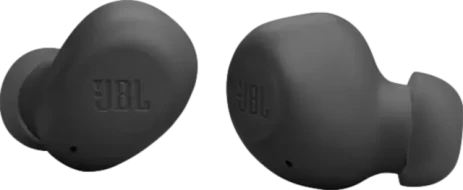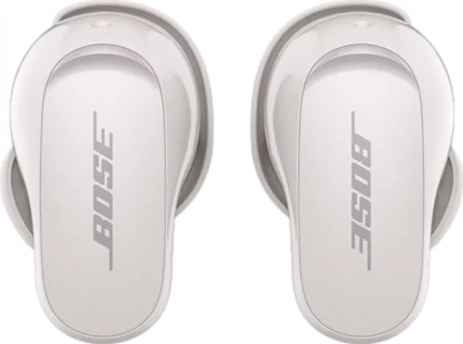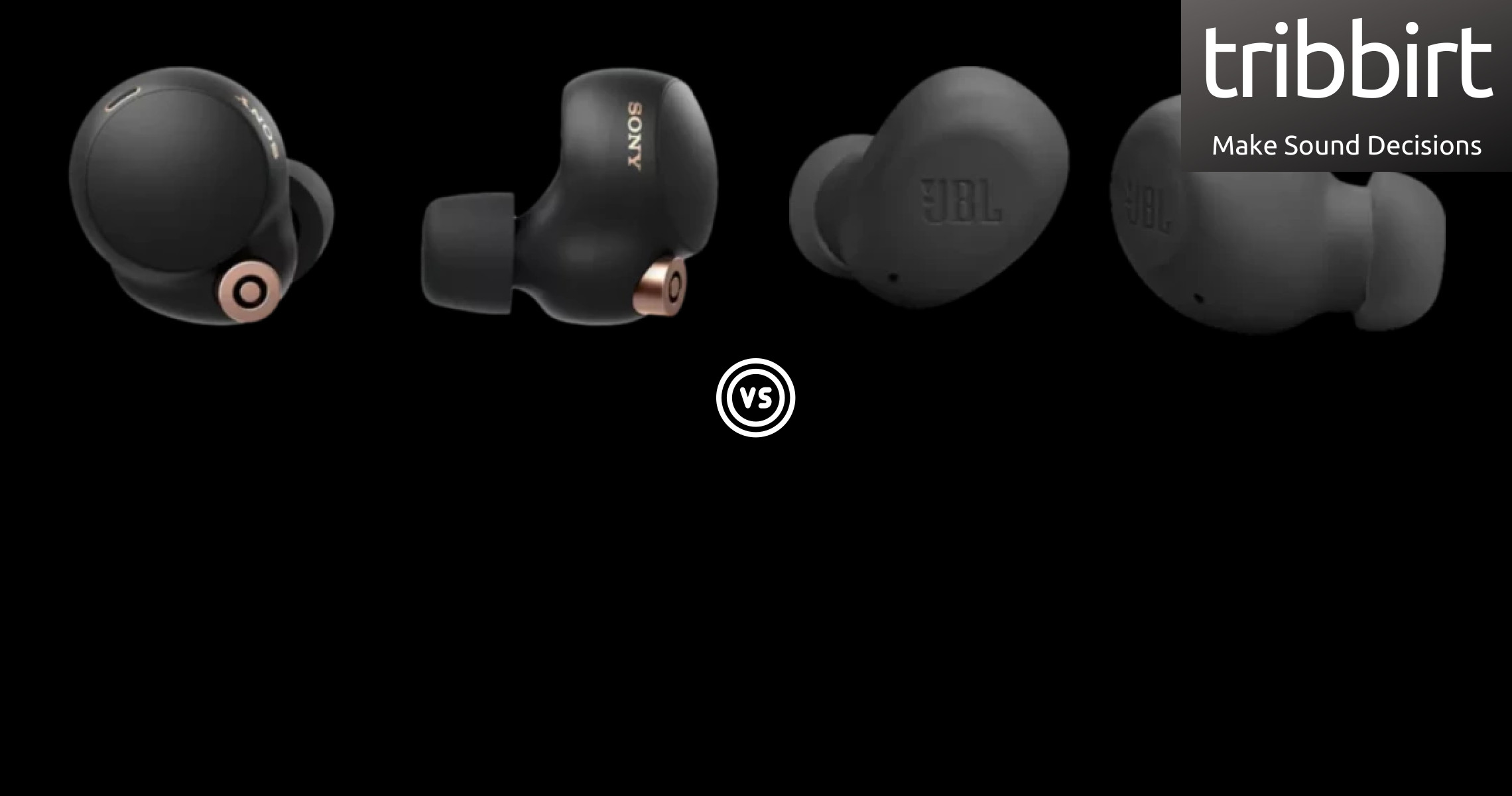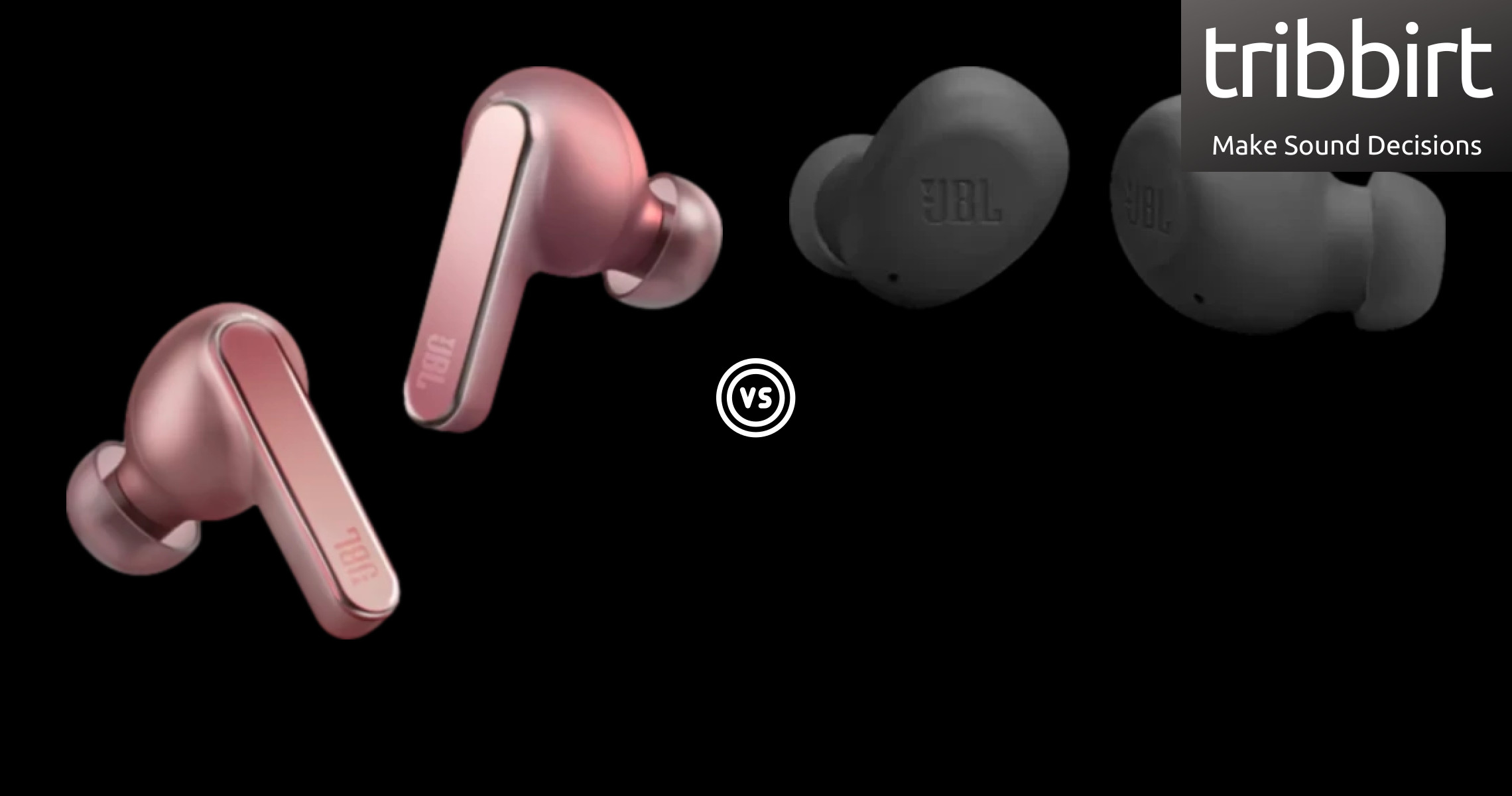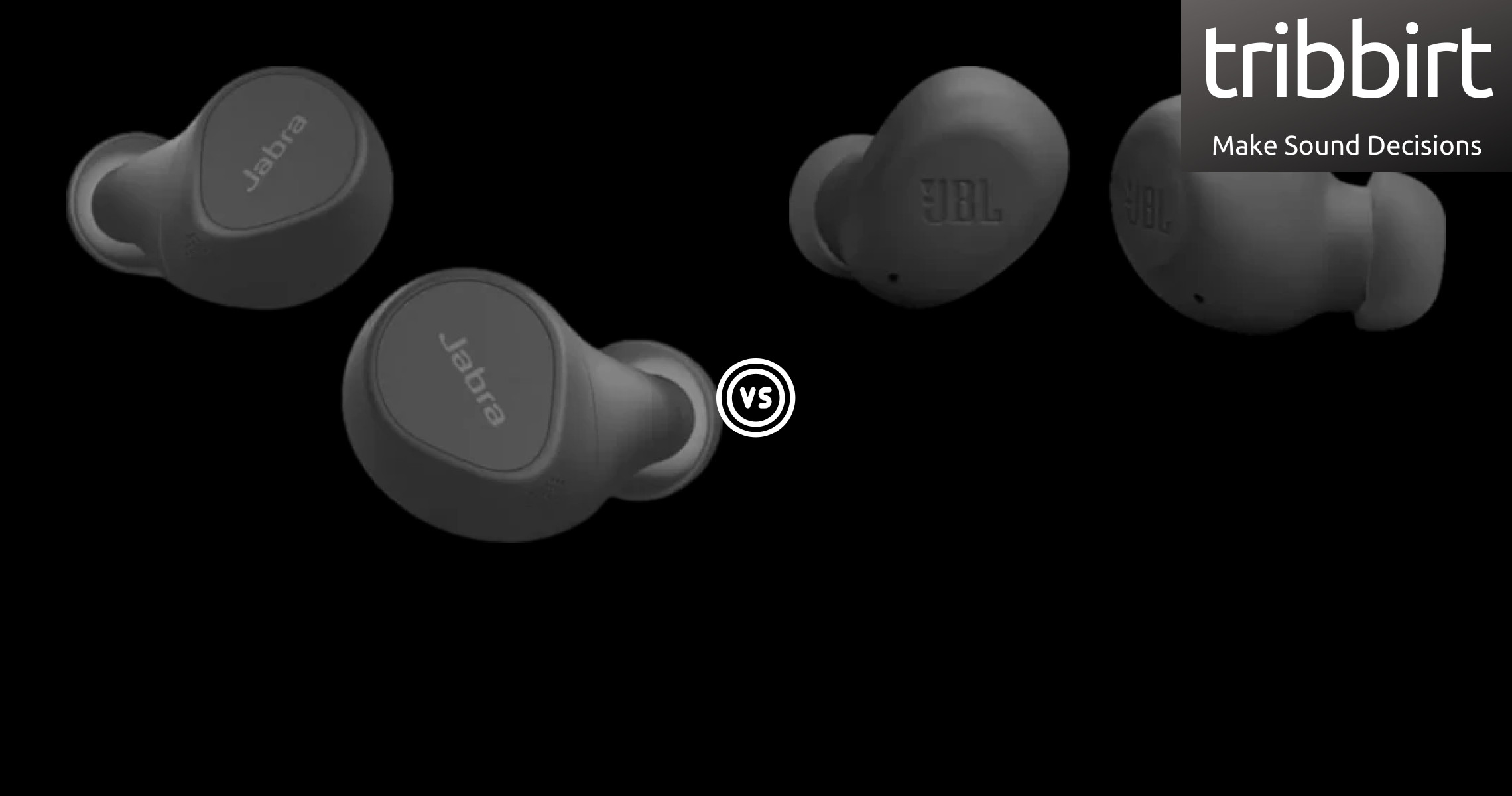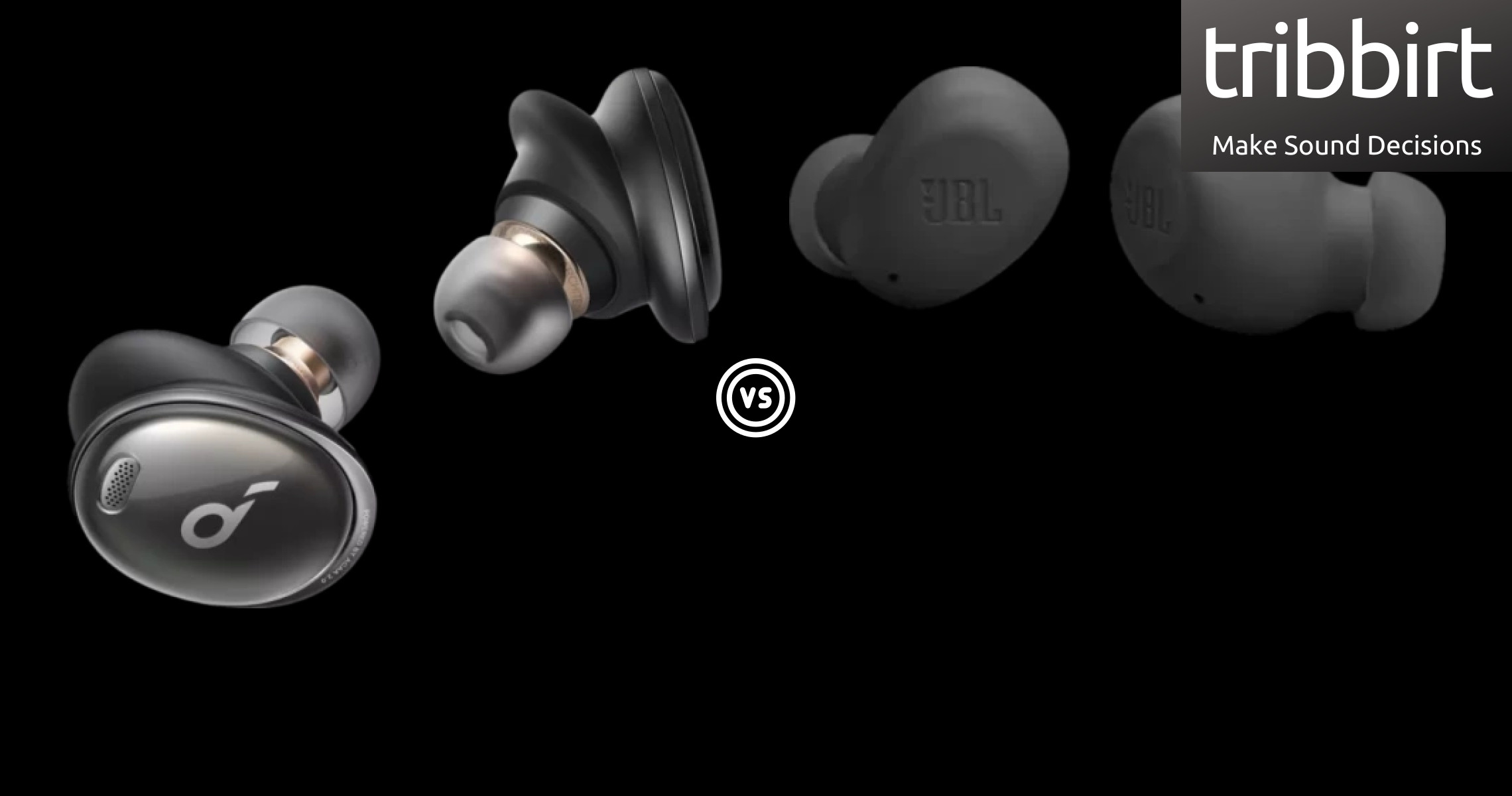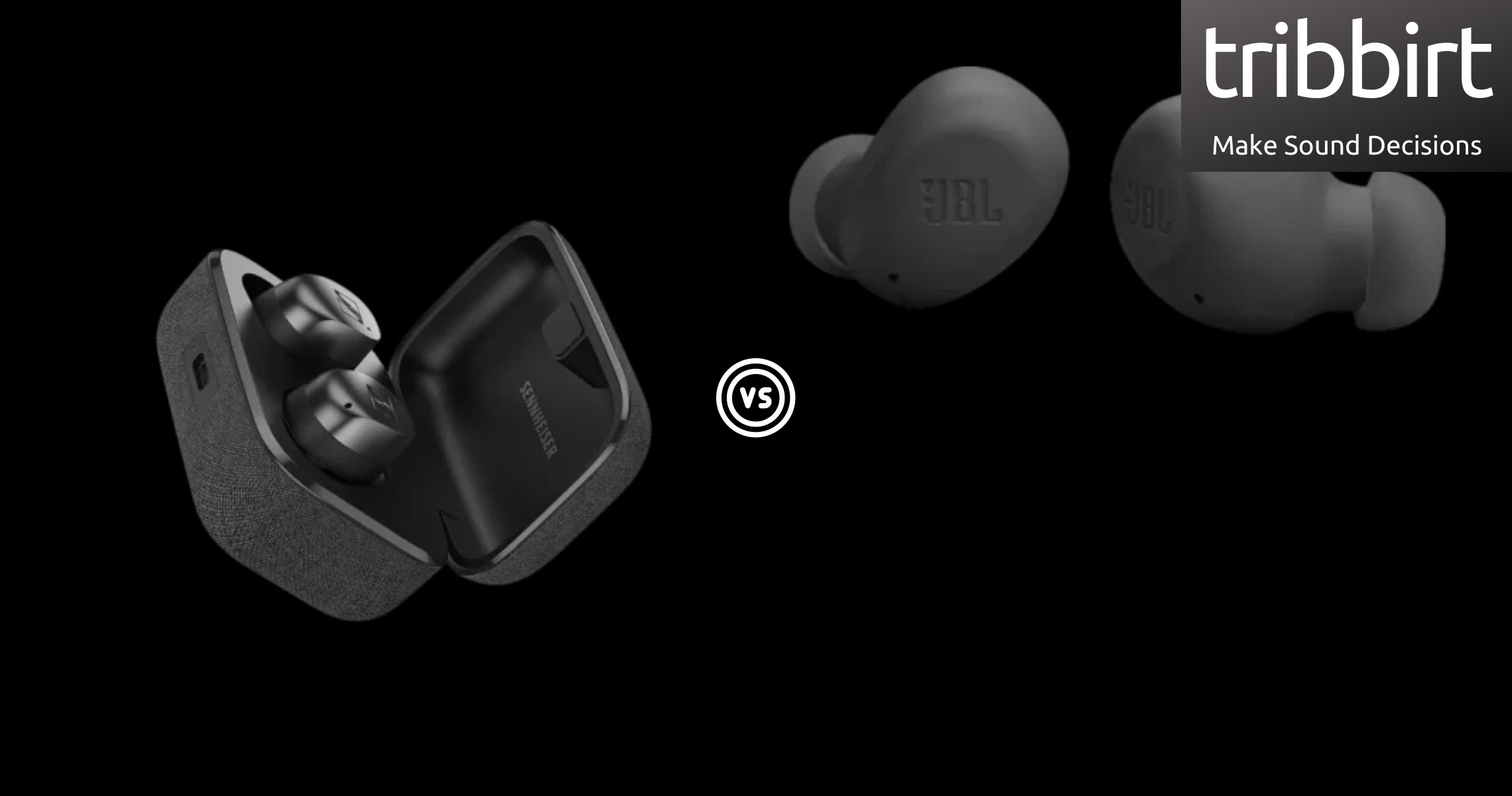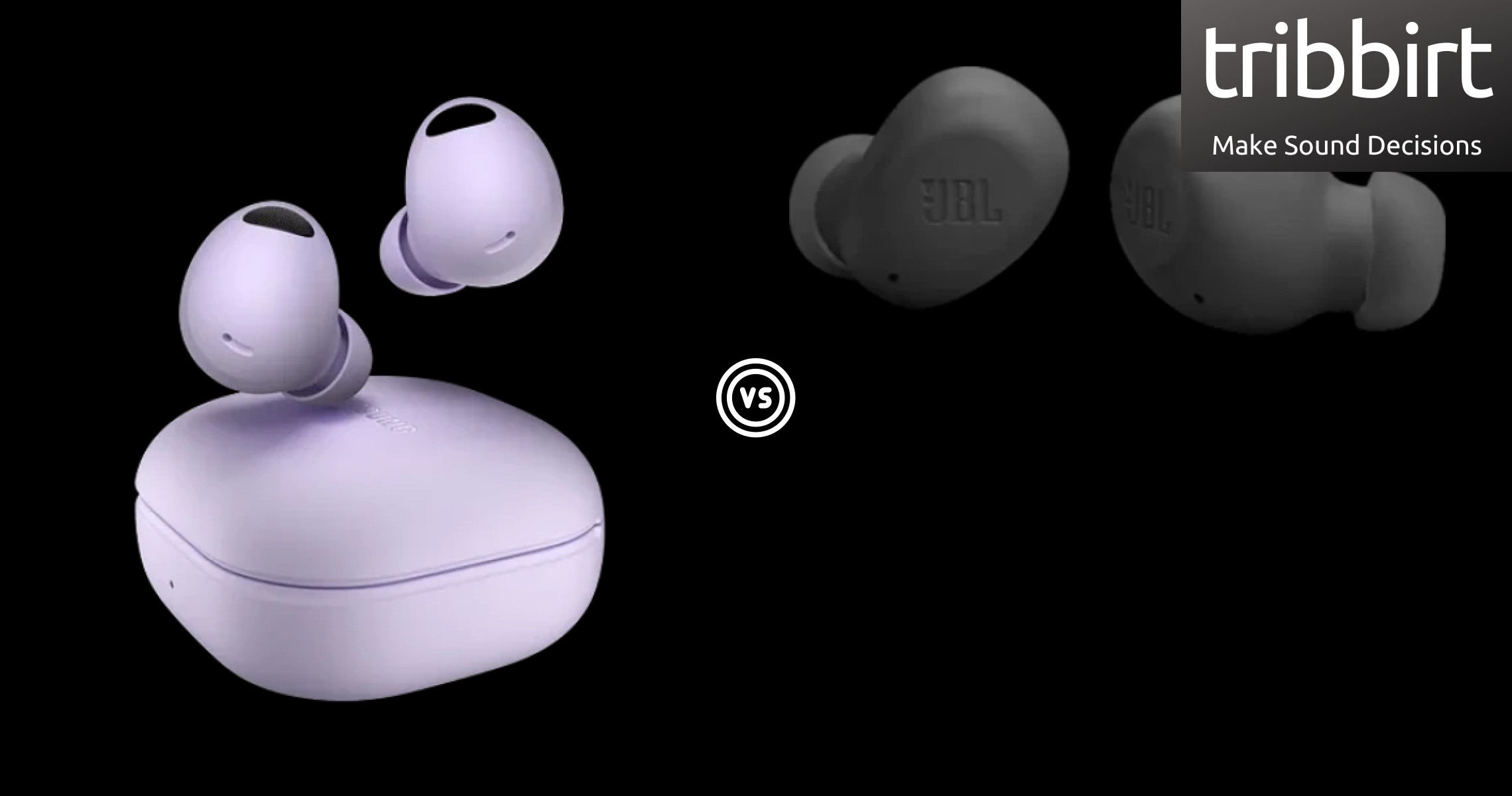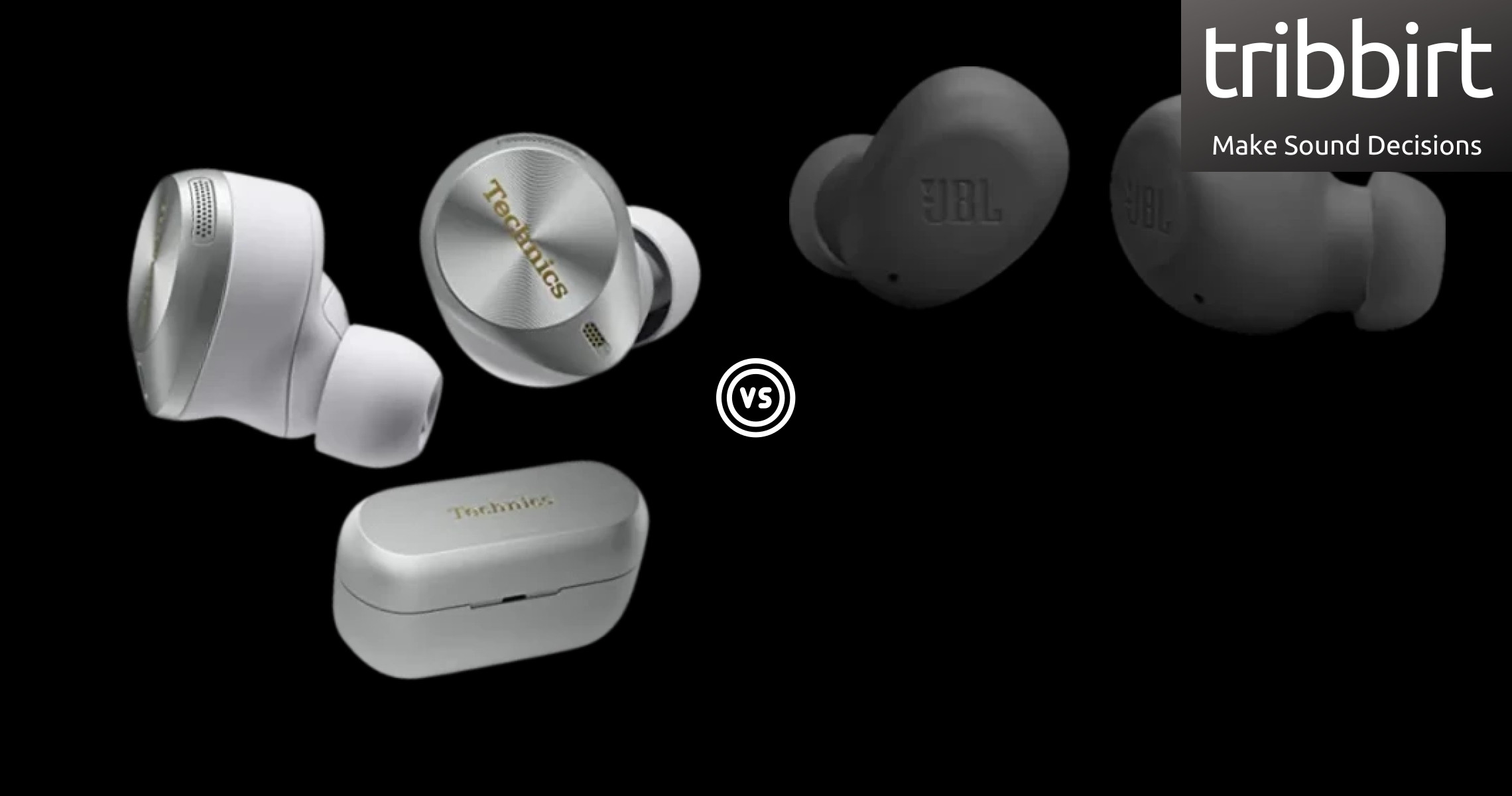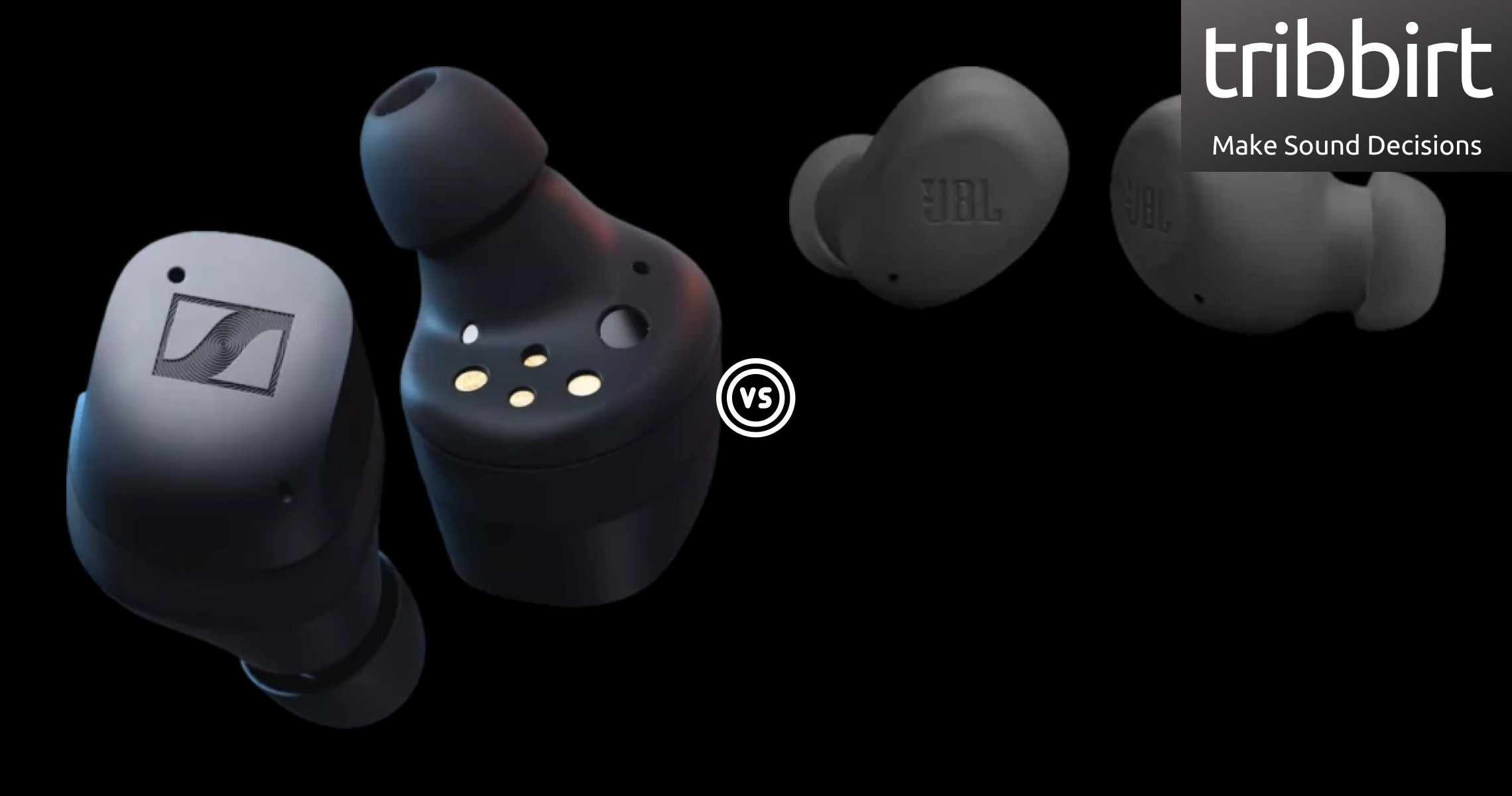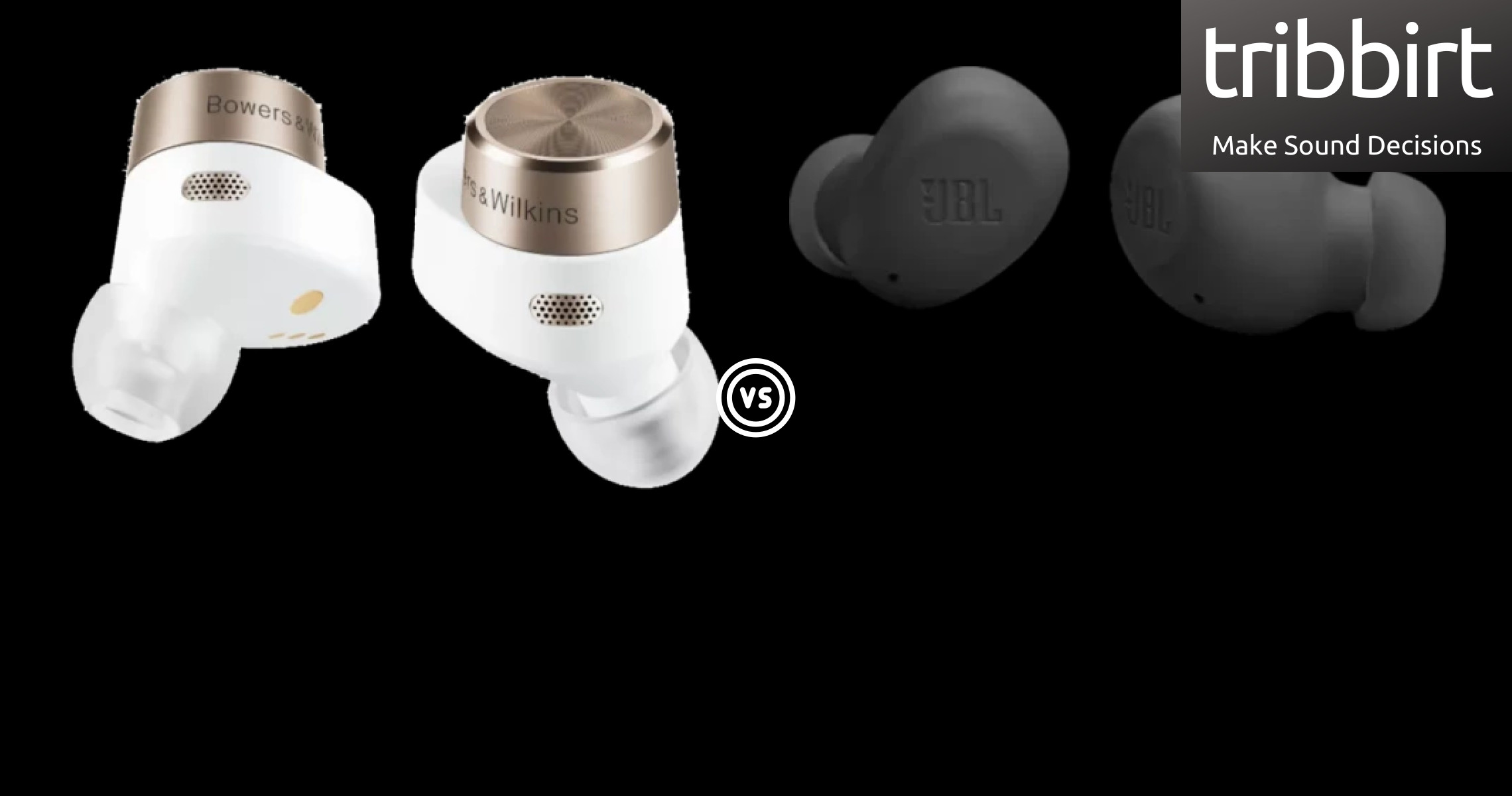IP ratings refer to the rank of protection offered by an enclosure, against dust and water. The letters 'IP' are followed by two values The first value of the IP rating means protection against solids say dust, while the second refers to resistance against liquids (sweat).
Scoring IP54, the JBL Wave Buds's rating for solids indicates that ingress of dust is not totally prevented but dust does not enter in harmful quantities to interfere with the correct operation or impair safety, and the second value of 4 means that they can withstand low pressure spray similar to that of a shower head when tilted at 180° for 10 minutes. In comparison to the JBL Wave Buds, Bose QuietComfort 2 have a rating of IPX4 meaning that
no data available to specify a protection rating
and that of liquids is that,
they both have the same rating against liquids
JBL Wave Buds have a weight of 9g . We take in account a lower weight better for the reason that lighter devices are easier to carry.
The Bose QuietComfort 2, at 12.5g
weigh more than the JBL Wave Buds with a difference of 3.5g
For a device to be true wireless it must have no cables connecting any part of the device together, JBL Wave Buds are true wireless for this matter since they don't have wires. This is a key distinction as some wireless earbuds have wires connecting the pair of earbuds together. Bose QuietComfort 2 also is true wireless because it has no wires connecting the 2 earbuds together.
JBL Wave Buds have sweat resistance
Bose QuietComfort 2's resistance to sweat makes both devices good for use during long-distance running, marathons, cardio sweat workouts , etc
JBL Wave Buds have stereo speakers, what this means is that JBL Wave Buds's speakers deliver sound from separate channels on both left and right sides, creating a richer sound and a better listening experience. Both Bose QuietComfort 2 and JBL Wave Buds have stereo speakers
ANC makes use of advanced technology to actively counter noise. How it works, it detects and analyzes the sound pattern outside and inside the earbud and then generates a mirror signal to cancel it out.
In simple terms, it's like taking +1 (noise) then adding -1 (inverted noise) giving zero which results in a reduced level of noise.
The JBL Wave Buds have ANC enabling you to listen at lower volume levels, good for your ears since you don't have to crank up the device volume to overcome background sounds. Bose QuietComfort 2 too have Active Noise Cancellation which makes both earbuds ideal for flights and rush hour travels.
Each operate with different noise cancellation types, pick the setting that you prefer for travel or that enhances your chill time. The JBL Wave Buds sit tightly in place, creating an acoustic seal that reduces background sounds while preventing the earbuds music from leaking out .
Both of these devices have passive noise reduction this means that they limit ambient noise instead of actively using technology to cancel it out. The JBL Wave Buds driver unit is 8mm in diameter, the bigger the unit the more powerful, and can produce better bass.
The driver unit is basically a mini speaker that makes sound in the device, its size dictates the loudness of the earbuds. Bose QuietComfort 2 driver unit is 9.3mm in diameter,
making them have a larger driver unit than that of JBL Wave Buds by 1.3mm
, a common assumption that driver units of a bigger size automatically produce better sound quality.
However, large drivers find it difficult to produce high frequencies so yes, larger drivers can generate louder sound, but this does not indicate that they produce better quality sound.
The JBL Wave Buds's lowest frequency is at 20Hz, low-frequency response measures if and how well an audio device generates low frequencies that can be heard, and if it makes any changes to the signal on its way through. Bose QuietComfort 2's lowest frequency is at 20Hz, this means that
both devices can produce equal bass
The JBL Wave Buds's highest frequency is at 20,000Hz, high-frequency response measures if and how well an audio device makes high human frequencies and if it changes to the signal while at it. Bose QuietComfort 2's highest frequency is at 20,000Hz, this implies that
both devices produce equal treble
The sound pressure level, is the pressure level of sound, measured in decibels, dB, JBL Wave Buds's measurement is 100dB/mW.
Devices with a higher sound pressure level are generally louder when supplied with any given audio source. JBL Wave Buds's battery life is 8 hours, these last longer than 5 hours of listening which is considered average before recharge. A device's battery life is usually given by the manufacturer, and with more battery hours, you get to use it for longer and have to charge the device less often.
Bose QuietComfort 2's battery life is
less than that of JBL Wave Buds by 2 hours
. Every time you recharge your earbuds, they get a little less playing time. The effect is barely noticeable at first, but over time, your wireless earbuds will have shorter listening time. The battery life of the charging case is given by the manufacturer, and JBL Wave Buds's case has a charge of 24 hours.
A charging case with a longer battery life enables you to recharge your earbuds on the go many times before recharging the case itself. Bose QuietComfort 2's charging case has a battery life of 18 hours,
less than that of JBL Wave Buds by 6 hours
It takes 2 hours to fully charge the JBL Wave Buds's battery. It is highly adivsable to fully charge the battery before using the earbuds when they have been unused for long periods.
Bose QuietComfort 2 takes 2 hours to fully charge the battery,
equal to that of the JBL Wave Buds
The JBL Wave Buds have a battery level indicator, an indicator notifies you when the device has a low battery. Its lights display the charging status of your earbuds and charging case. Bose QuietComfort 2 too have a battery level indicator, these allow you tell the charging state of your earbuds, whether fully charged, or the battery is running low.
The JBL Wave Buds have USB TYPE-C, an industry-standard connector for transmitting both data and power in a single cable. Bose QuietComfort 2 too have USB TYPE-C. This USB-C plug comes along with most current electronics.
JBL Wave Buds have Bluetooth version of 5.2, Bluetooth is a wireless technology standard that enables data movement between devices placed in range, using short-wavelength, ultra-high frequency radio waves. Bose QuietComfort 2 has a Bluetooth version of 5.3,
newer than that of JBL Wave Buds
. Newer versions provide faster data transfers. The JBL Wave Buds have a 10meters distance connecting via Bluetooth.
Bose QuietComfort 2 have a maximum range of 10meters,
equal to that of the JBL Wave Buds
JBL Wave Buds support AAC, a codec used for Bluetooth audio. It supports 24-bit audio at 250kbps. Since it uses psychoacoustic modeling, it can provide better results than other codecs at a similar bit rate.
Since its the highest quality codec that any Bluetooth-supporting Apple product supports, the JBL Wave Buds will work fine with your MacBook. If you intend on using these with Android you need to pay even closer attention to codec support for if they only have AAC they won't provide the best audio quality possible, ensure that they also support aptX HD, LDAC, or LHDC as well. The Bose QuietComfort 2 support AAC as well.
Designed to be the successor of the MP3 format, AAC generally achieves higher sound quality than MP3 encoders at the same bit rate. JBL Wave Buds support APTX Adaptive, an audio codec for Bluetooth devices that are developed by Qualcomm. It has a variable bit rate (between 279kbps and 420kbps).
Bose QuietComfort 2 support APTX Adaptive as well which means both can adjust the bit rate for different scenarios, such as reducing interference from other devices.
The JBL Wave Buds have 2 microphones. While the Bose QuietComfort 2 microphones are 8,
more than that of JBL Wave Buds by 6
. More microphones record better sound quality and help the device to filter out background sounds. JBL Wave Buds have a noise-canceling microphone, these microphones are intended to filter out noise from the desired sound.
The Bose QuietComfort 2 too use a noise-canceling type of microphone. This is useful in noisy areas. JBL Wave Buds microphone sensitivity is measured at -38dBV/Pa.
The amount of the analog or digital output signal from the microphone with its input stimulus is a measure of its sensitivity. It's the 'loudness' of the voice that the earbud microphone can pick up. JBL Wave Buds support ambient sound mode, which uses microphones to pass through ambient noises to still be heard even while wearing the earbuds
The Bose QuietComfort 2 support ambient sound mode as well, it’s useful when you want to listen to music but also be aware of what’s happening around you, for example when you’re having a run but still want to be able to hear traffic.
The JBL Wave Buds support in/on-ear detection, the sensors in the earbuds can detect when they are removed from your ears .
Bose QuietComfort 2 too support in/on-ear detection, automatically pauses your music, or audiobook when you remove earbuds from your ears improving your listening experience. When lost in a room, or can't easily find them in your bag, JBL Wave Buds support the find earbuds feature. The Bose QuietComfort 2 too have the find earbuds feature.
You can use the device app on your smartphone to play an alarm from your earbuds to find them. The JBL Wave Buds support fast charging. Commonly, technologies like MediaTek’s Pump Express, are used to lower the time it takes to charge the earbuds.
The Bose QuietComfort 2 support fast charging. This kind is similar to regular charging, just that the battery fills up much faster. For example, with Quick Charge 3.0, the battery can be charged to 50% in just thirty minutes.
The JBL Wave Buds have a multipoint of 2 connections, this feature allows you connect to more than one Bluetooth device and switch between them. Say, you can easily switch calls from one device to another without manually disconnect and reconnect. The Bose QuietComfort 2 support multipoint count of 2,
equal to that of the JBL Wave Buds
. Bluetooth multipoint is useful because you can be on one call and not miss notifications from another connected device.
JBL Wave Buds have a mute function, they have the feature to mute/unmute a conversation directly from the device. The Bose QuietComfort 2 too have the mute function. The mute function means that you are in position turn off the earbuds' microphone, but you can still hear the other party talk.
With the JBL Wave Buds, so you can easily access the volume control, pause, play, mute, etc whichever functions are supported on the earbuds. Bose QuietComfort 2 also have a control panel on them. JBL Wave Buds support voice prompts.
With voice prompts, you receive information via audio messages, say if there is a problem with the connection. Bose QuietComfort 2 also have voice prompts meaning the device will notify you if the battery is low, and you need to recharge the device. The JBL Wave Buds come with a special case.
Carrying earphones without a case, or placing them inside your pockets without a casing can easily put them at risk of getting damaged. Bose QuietComfort 2 too have a case included, which is useful for safe transportation.
